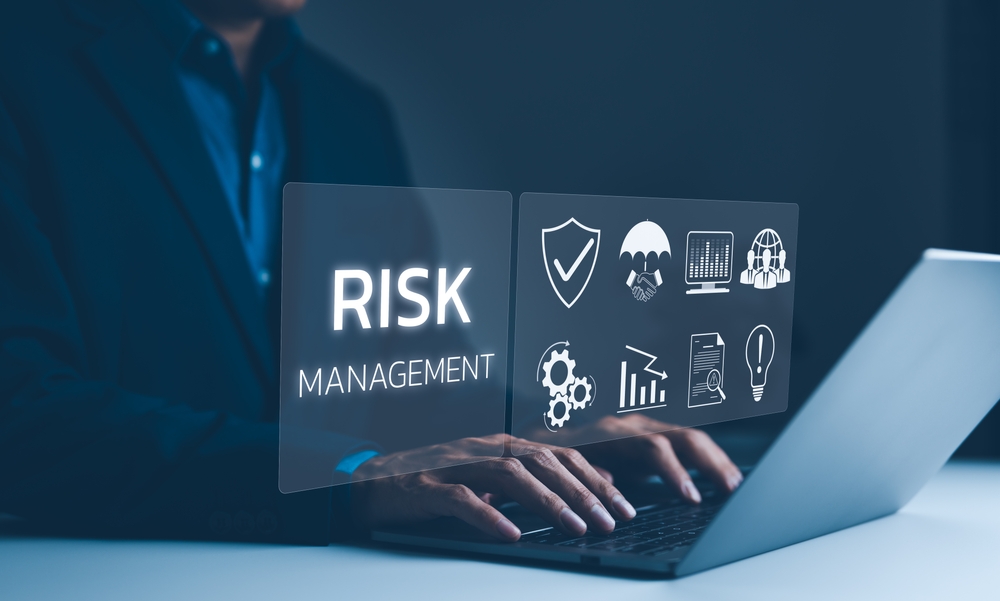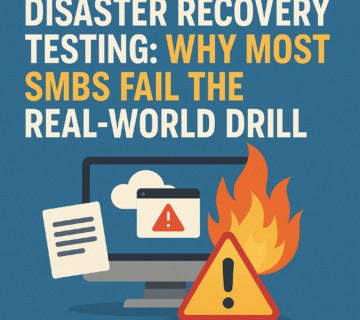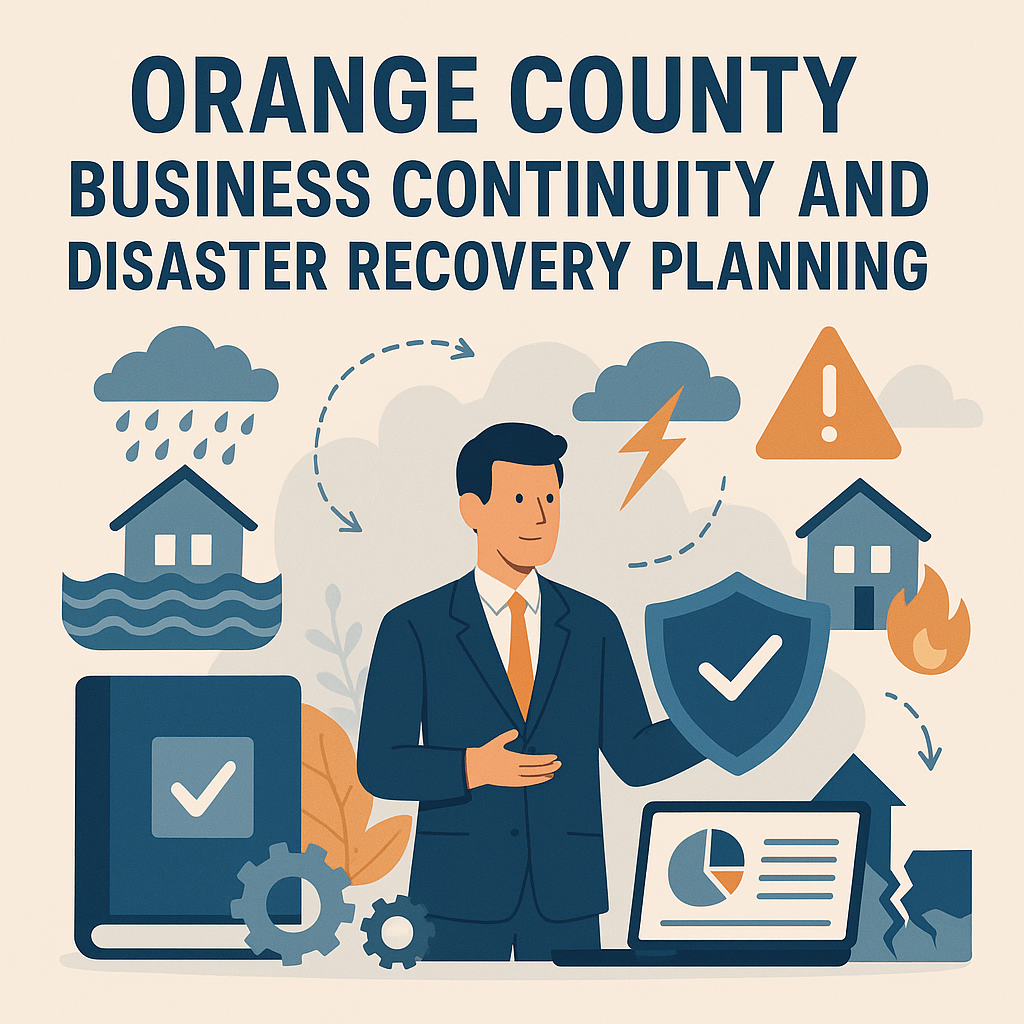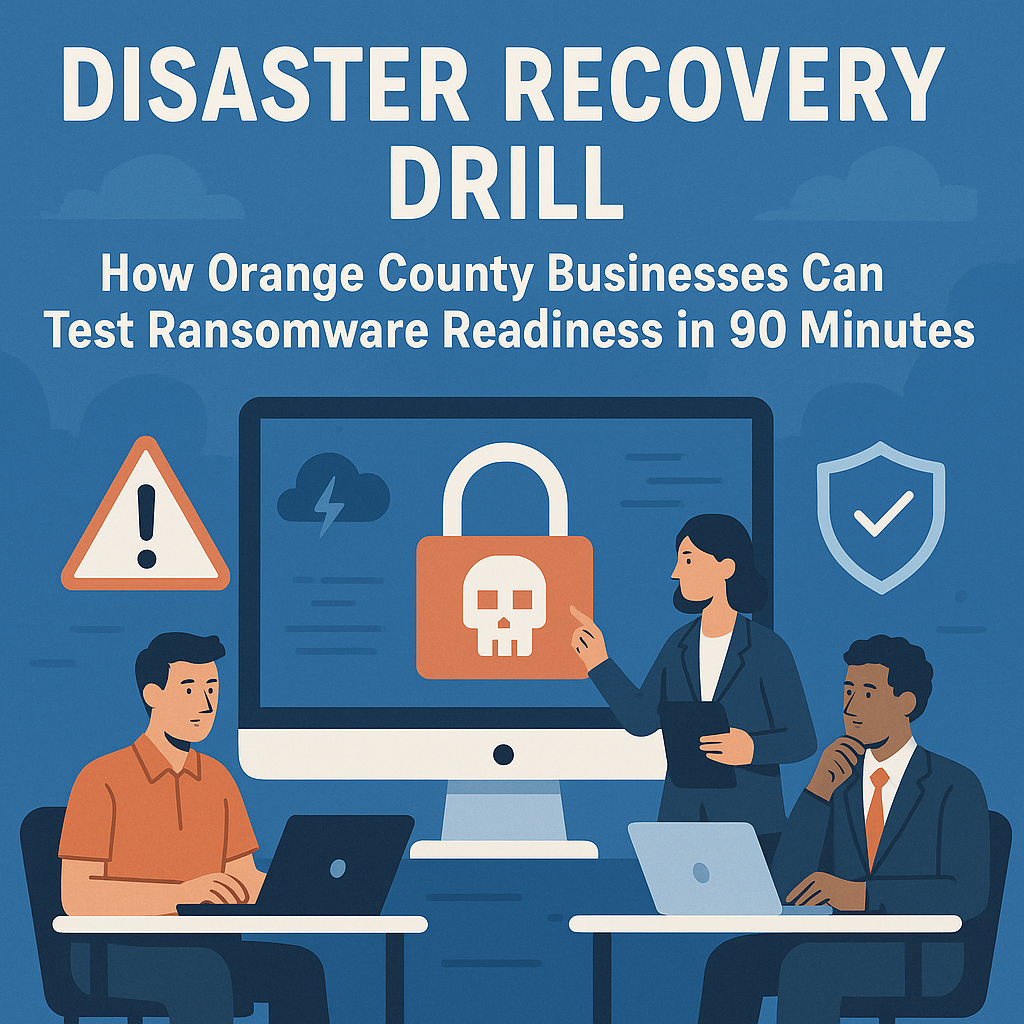How the CrowdStrike Incident is Shaping Risk Management Services and Business Continuity in 2024

The cybersecurity landscape is constantly changing, with new threats emerging that challenge the security and resilience of organizations worldwide. The recent CrowdStrike incident has highlighted significant vulnerabilities in cloud strategies, prompting leaders in technology and security to rethink their approaches to risk management and business continuity. In 2024, understanding and mitigating these risks is more critical than ever. This article explores how the CrowdStrike incident has influenced risk management services and business continuity planning, offering insights into the latest trends and best practices for securing cloud environments and ensuring organizational resilience.
The CrowdStrike Incident, A Wake-Up Call for IT Leaders: The recent CrowdStrike software glitch, which resulted in a global outage of Windows systems, has caused significant disruption and alarm within the IT community. This incident highlights the inherent risks of depending too heavily on a single vendor, especially in cloud environments.
The incident, marked by IT systems crashing and displaying the infamous “blue screen of death (BSOD),” exposed the vulnerabilities of infrastructures heavily dependent on the cloud. Although the issue is currently being addressed, it has underscored the potential for catastrophic consequences when a critical security component fails. This has forced technology leaders to question the resilience of their cloud environments and explore alternative strategies.
Reevaluating Cloud Dependencies: Abhishek Gupta from DishTV emphasizes the need to revisit existing cloud strategies. When an issue of this magnitude occurs and causes significant disruption, it’s crucial to re-evaluate the beliefs, decisions, and tradeoffs that shaped the current architecture,” he says. Following the CrowdStrike incident, DishTV is already re-evaluating its cloud strategy in a phased manner.
Shashank Jain from Shree Financials advocates for a strategic shift, suggesting that all patches should first be tested on a test server. “Organizations must review their cloud strategies, and the automatic updating of patches should be discouraged,” Jain adds, emphasizing the need for rigorous testing to prevent cascading failures.
Saurabh Gugnani from TMF Group suggests a diversified approach to cloud strategies to mitigate such risks. “It needs to be a combination of all available solutions,” he advises.
Enhanced Business Continuity Plans: Shivkumar Borade, founder of Mytek Innovations, highlights the importance of updating business continuity plans to address unexpected downtimes. “In response to recent disruptions affecting our critical operations, we have proactively updated our Business Continuity Plan to address unexpected downtimes and minimize the impact on productivity and service delivery,” he says.
Borade explains that their internal communication was significantly disrupted, with their entire network, including Outlook, Teams, and SharePoint, being hosted on Microsoft 365. However, their in-house developed application remained unaffected due to GoDaddy’s hosting infrastructure. This incident underscores the need for robust communication management and diversified hosting strategies.
Addressing Vendor Lock-In: The CrowdStrike incident has raised critical concerns about vendor lock-in and the reliance on a single cloud provider. Allie Mellen, a principal analyst at Forrester, stresses the importance of reliable tools and services in the face of cyber threats. “Reliability of the tools and services cybersecurity teams use is critical in the face of cyberattacks,” she states, highlighting the need for continuous validation and testing.
The incident revealed the fragility of cloud-dependent systems, where a single point of failure can cause cascading effects throughout an organization. Sunil Varkey from Beagle Security notes, “Trust between cloud and security vendors is now questioned.” He advocates for agentless solutions that can offer enhanced security without the vulnerabilities associated with traditional agents.
Enhanced Risk Management Practices: The CrowdStrike incident underscores the need for improved risk management practices and effective business continuity. Gaurav Ranade from RAH Infotech emphasizes continuous adaptation and improvement in cybersecurity practices. D.R. Goyal from Rakuten Symphony suggests a mechanism to test updates with select users before a full release to reduce the impact.
Ashis Guha, founder of An Idea Global Innovations, points out the broader implications for the global economy, noting that longer downtimes and recovery times will impact productivity and economics. The incident revealed the fragility of cloud-dependent systems, where a single point of failure can cause cascading effects throughout an organization.)
How Technijian Can Help
Tailored Risk Management Solutions: Technijian offers customized risk management solutions designed to meet the specific needs of your organization. By conducting thorough risk assessments and implementing advanced threat detection technologies, Technijian helps businesses identify vulnerabilities and develop strategies to mitigate risks effectively.
Advanced Cloud Security Services: In light of the CrowdStrike incident, Technijian provides advanced cloud security services to protect your cloud environments. These services include continuous monitoring, threat detection, and the implementation of zero trust architectures. With Technijian’s expertise, businesses can enhance their cloud security posture and safeguard sensitive data.
Comprehensive Business Continuity Planning: Technijian assists organizations in developing robust business continuity plans that ensure operational stability during disruptions. From disaster recovery solutions to employee training programs, Technijian provides comprehensive support to help businesses prepare for and respond to various threats.
Incident Response and Recovery: In the event of a cyber attack, Technijian offers incident response and recovery services to minimize damage and restore operations quickly. With well-defined incident response plans and expert guidance, Technijian ensures that your organization can recover swiftly and continue business as usual.
The CrowdStrike incident has significantly impacted how organizations approach risk management and business continuity in 2024. As cyber threats continue to evolve, businesses must stay proactive in identifying and mitigating risks. Enhanced cloud security measures, comprehensive risk assessments, and robust business continuity plans are essential for ensuring organizational resilience. By leveraging the latest technologies and best practices, organizations can protect their data, maintain operational stability, and thrive in an increasingly complex digital landscape. Technijian stands ready to assist with tailored solutions that address your unique risk management and business continuity needs, ensuring your organization is prepared for any challenge.





